I have tried to drastically lower the pitch of a piezoelectric buzzer, but to no avail. All the piezo buzzers I have emit a very high pitched whistle-like tone. I've tried changing all the parameters of my pulse generator, i.e., frequency, duty width, spacing, amplitude, etc. but the pitch of the tone remains the same, very high! Is it even possible to make a base tone from a piezo, or is the high pitch an intrinsic characteristic of all piezo units?
The piezo I have is just a plain transducer, no internal circuitry. That's why I am using a pulse generator. What I am trying to do is move as much air as possible with a vibrating membrane unit that is extremely light and simple, which rules out heavy magnet/cone speakers of any size. I figure that a low bass sound would be the key. If not with piezo buzzers, what else could I try?
